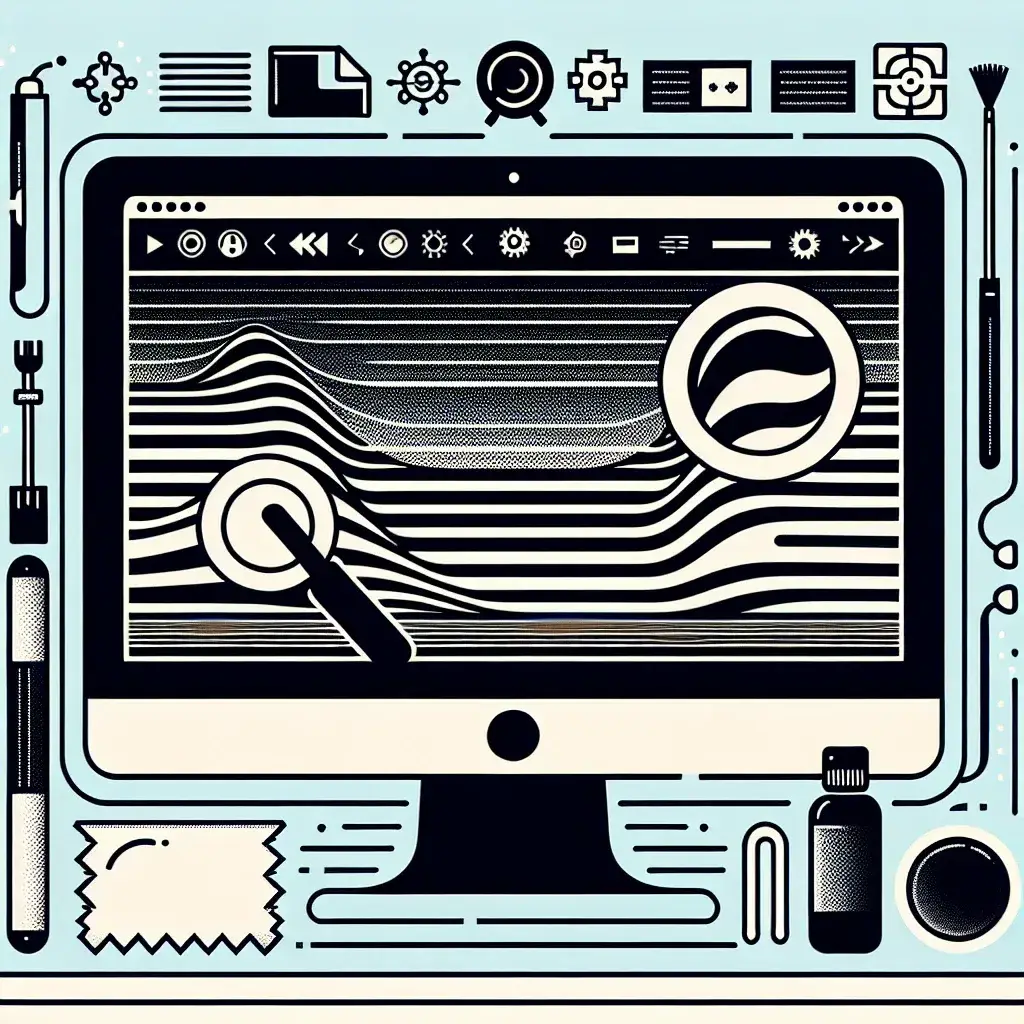The presence of black lines across the bottom of your screen can be a bothersome issue that affects the overall viewing experience. Whether it’s a television, computer monitor, or mobile device, these lines can detract from your enjoyment and productivity. Understanding the root causes and knowing how to tackle this problem is essential. In this article, we will discuss various factors that can lead to the appearance of black lines on your screen and provide practical solutions to eliminate them.
Common Causes of Black Lines Across Screens
To effectively address the issue, it’s crucial first to pinpoint the potential causes of black lines appearing across the bottom of your screen. Below, we outline some common reasons for this problem:
- Screen Damage
- Refreshing Rate Mismatch
- Malfunctioning Display Drivers
- Faulty HDMI/VGA/Display Cable
- Hardware Issues
| Cause | Description |
|---|---|
| Screen Damage | Physical damage to the screen can lead to black lines. |
| Refreshing Rate Mismatch | A difference in the expected and actual refresh rate of the screen. |
| Malfunctioning Display Drivers | Outdated or corrupted drivers causing display issues. |
| Faulty HDMI/VGA/Display Cable | Damaged or faulty connection cables leading to line formation. |
| Hardware Issues | Defective components inside the device. |
Steps to Resolve Black Lines
The approach to resolving black lines on your screen may vary depending on the underlying cause. Follow these steps to diagnose and fix the issue:
1. Check for Physical Damage
- Inspect your screen carefully for any signs of physical damage such as cracks or impact areas.
- If physical damage is present, it’s likely the primary cause, and professional repair or replacement may be necessary.
2. Verify Display Settings
- Ensure that your device’s display settings, such as resolution and refresh rate, are configured correctly.
- Adjust the refresh rate to match the specifications recommended by the manufacturer.
3. Update Display Drivers
- Outdated or corrupted display drivers can cause screen issues. Visit the manufacturer’s website to download and install the latest drivers.
- Use driver management software to easily identify and update outdated drivers.
4. Test and Replace Cables
- Check the HDMI, VGA, or Display cables connected to your screen. Swap them with known working cables to see if the problem persists.
- If the issue is resolved, the original cables may have been faulty or damaged.
5. Perform a Hardware Diagnosis
- Use built-in diagnostic tools available in your device’s BIOS or UEFI firmware to run tests on hardware components.
- If a hardware fault is detected, consult the device’s manual for repair options or contact the manufacturer for support.
When to Seek Professional Help
While it’s tempting to try and fix the problem yourself, certain scenarios may require the expertise of a trained technician:
- Severe Physical Damage: If you identify significant physical damage to the screen, professional repair is often the best option.
- Unresolved Software Issues: If updating drivers or adjusting settings does not eliminate the black lines, you may be dealing with deeper systemic issues that need professional diagnostics.
- Persistent Hardware Problems: Ongoing issues despite cable replacements and hardware tests suggest a malfunctioning internal component.
Preventive Measures
To avoid encountering black lines on your screen in the future, consider these preventive measures:
- Avoid placing heavy objects on or near the screen to prevent physical damage.
- Regularly update your device’s software and drivers.
- Use high-quality cables and connectors to ensure stable connections.
- Keep your device in a well-ventilated area to prevent overheating, which can damage internal components.
Conclusion
Black lines across the bottom of your screen can be a frustrating experience, but with a systematic approach, you can pinpoint and resolve the issue effectively. From checking for physical damage to updating display drivers and testing cables, the solutions vary based on the cause. In more severe cases, seeking professional assistance is advisable. Taking preventive measures can also mitigate the risk of future occurrences, ensuring a consistent and pleasant viewing experience.

